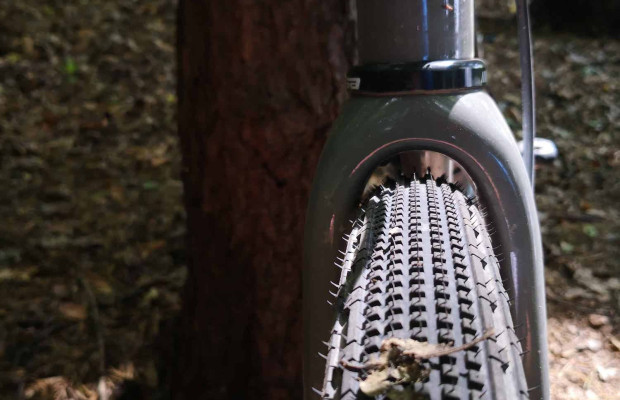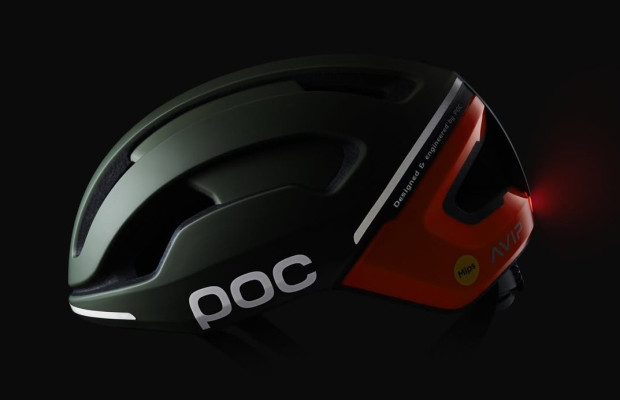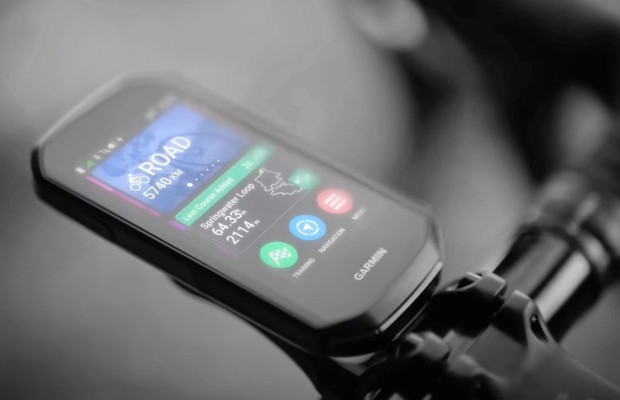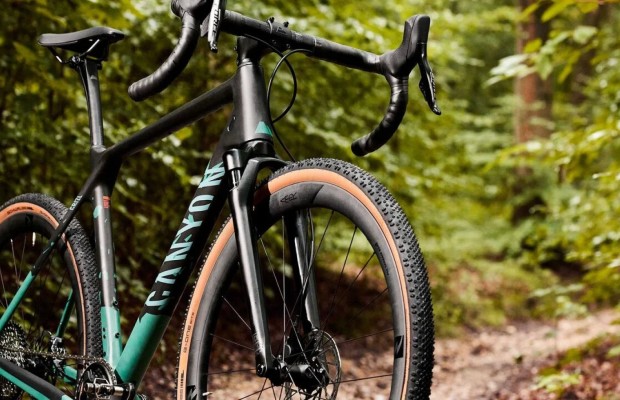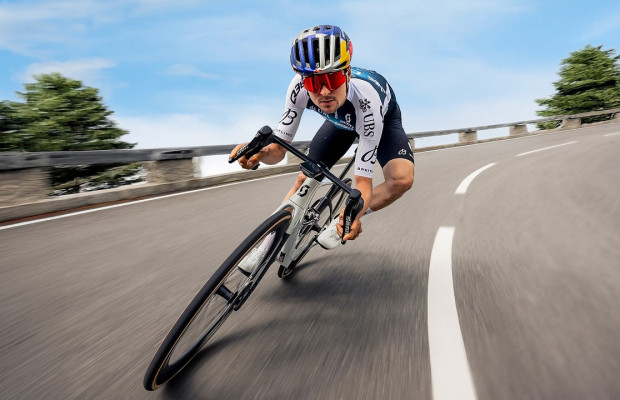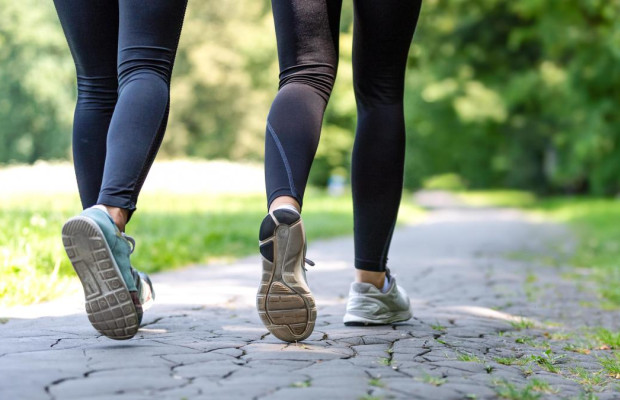This study confirms that the bicycle is the most efficient mode of transportation in history
52 years ago, Scientific American presented a study showing the benefits of the bicycle, now it updates it but the conclusion remains the same: moving by bicycle is the most efficient way to travel, that is, the one that requires the least calorie consumption per kilo of mass displaced.
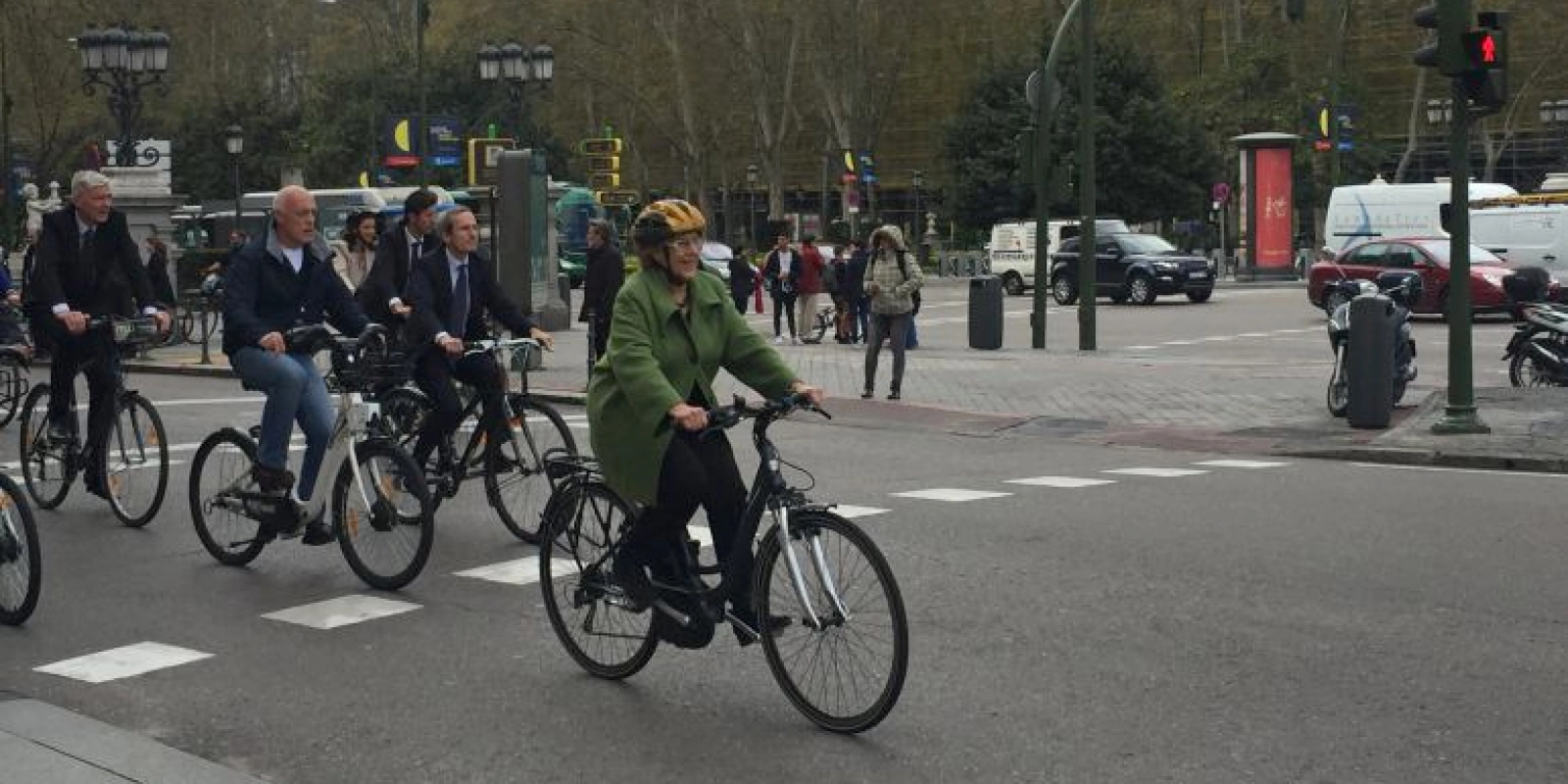
Now that sustainable mobility is gaining importance, the bicycle continues to show itself as the most efficient means
In 1973, Scientific America analyzed different forms of transportation, putting animals and various human means of transport in the same category. The conclusion of that study was, expressed in one of those graphics that circulate recurrently on social networks, that moving by bicycle was the transportation method that obtained the best energy spent per kilo of mass displaced, or in other words, the most efficient way to move.
Now, years later, they have decided to reproduce this analysis. However, the conclusions have once again been the same and the bicycle continues to offer the optimal way to travel in terms of efficiency. This review includes electric bicycles that reduce part of the energy expenditure of the person and replace it with the contribution of the battery. An exchange that is positive and places electric bikes as even more efficient machines than traditional bicycles.
"Humans aren’t very efficient movers—until you put us on a bicycle, when we become some of the most energy-efficient land travelers in the animal kingdom." pic.twitter.com/sDeidlYiKu
— Andy Boenau (@Boenau) October 16, 2025
The main reason why the bicycle requires so little energy to travel at a speed that, depending on the situation, can be quite high, must be sought, on the one hand, in the mechanical efficiency when transforming the force applied by the cyclists into movement of the transmission based on chain and sprockets. A transmission that also optimizes the speed of movement thanks to its different ratios and, above all, to the inertia that allows to continue moving even when pedaling stops.
Furthermore, the production of bicycles requires little material and energy resources and it is a clean means of transportation that helps reduce pollution, so in today's developed societies it increasingly offers an alternative to the use of the car as can be seen in most cities where it is no longer strange to see people traveling by bicycle.
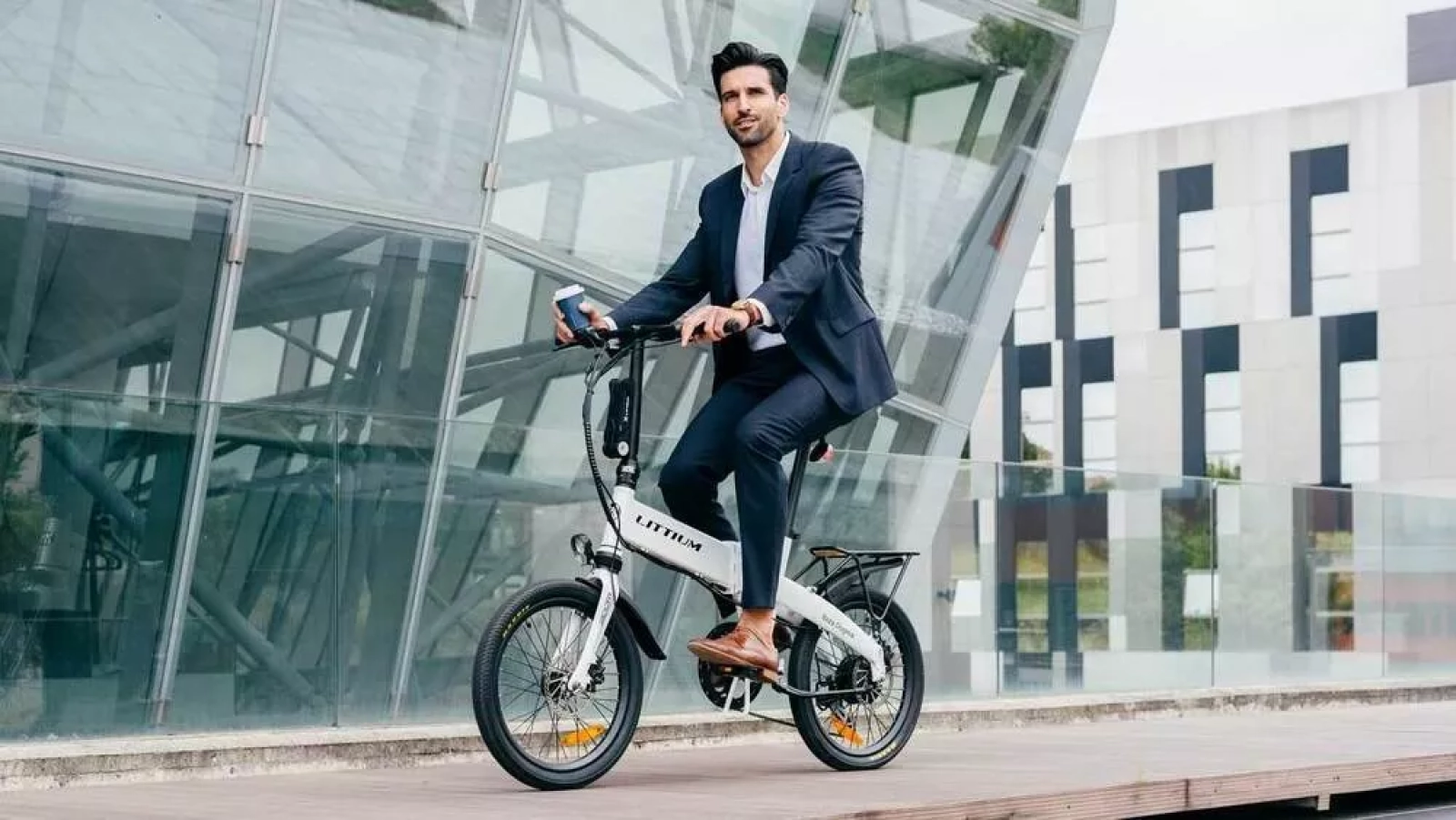
Obviously, this should not make us lose sight of other factors of bicycle travel such as its adaptation to routes since as the distance increases, they become unaffordable for a certain number of users, or the fact that it is not a completely democratic means of transportation as the cost of having a bicycle or the technical and physical capabilities necessary to use it regularly and effectively come into play.
For this reason, although it may be slightly less efficient, we must not forget those who walk, who place humans among the most efficient animals in terms of self-propelled travel, barely surpassed by the horse, which has been the essential means of transportation for centuries, or by fish that benefit from their adaptation to the inhospitable aquatic environment.
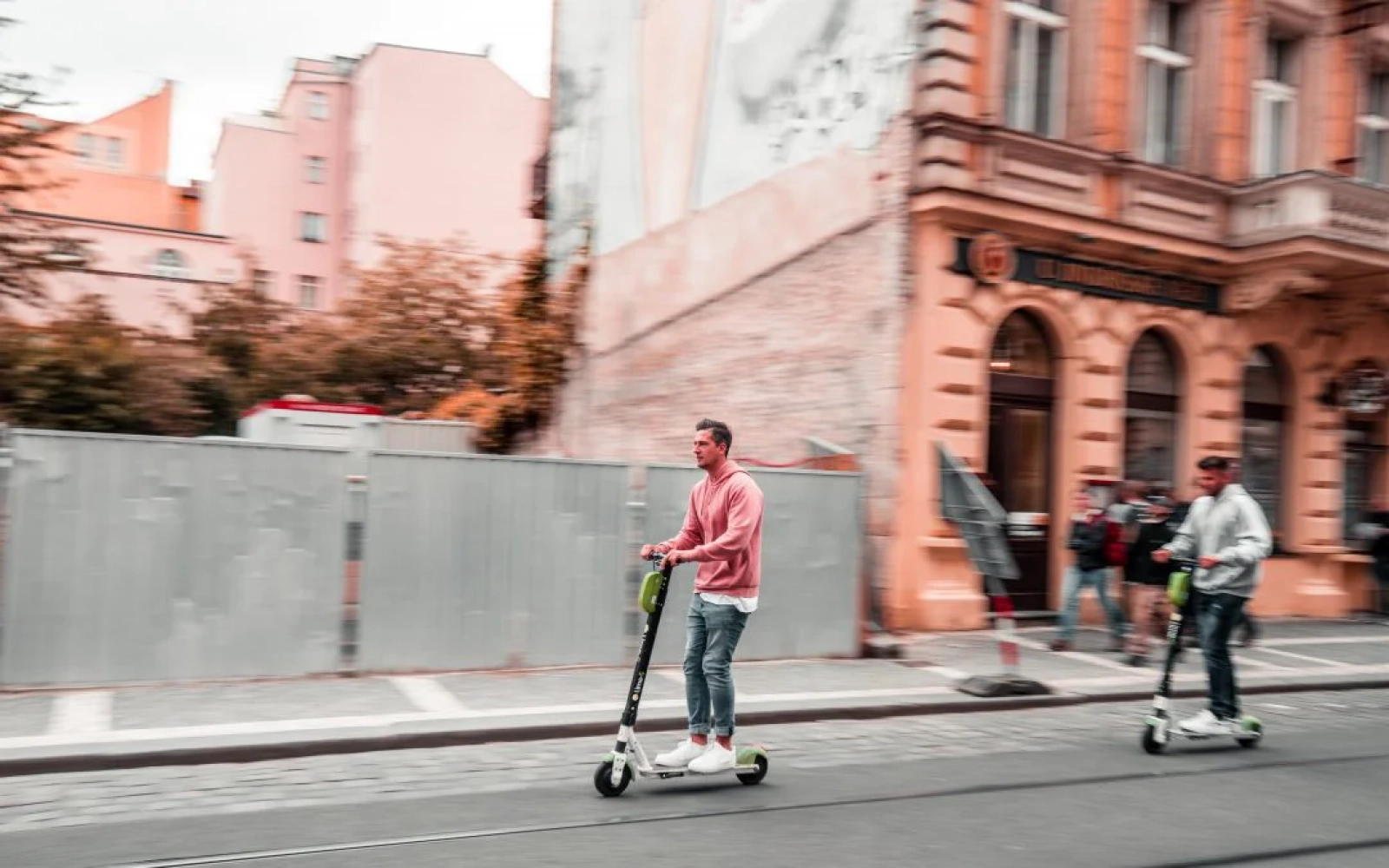
This comparison also misses the role played by Personal Mobility Vehicles, with electric scooters being the most popular, which have become one of the preferred options in large cities due to their efficiency advantages. These vehicles, we imagine, should occupy a place on par with electric bicycles with which they share many of their characteristics.
